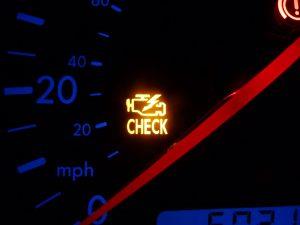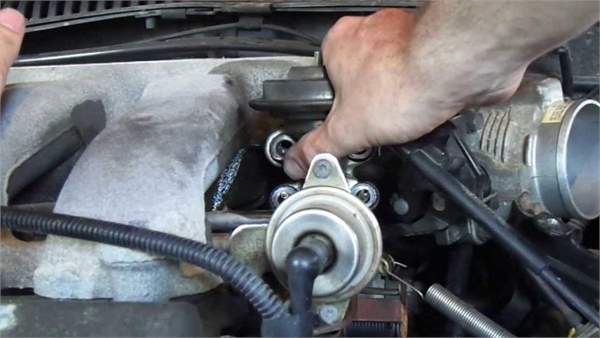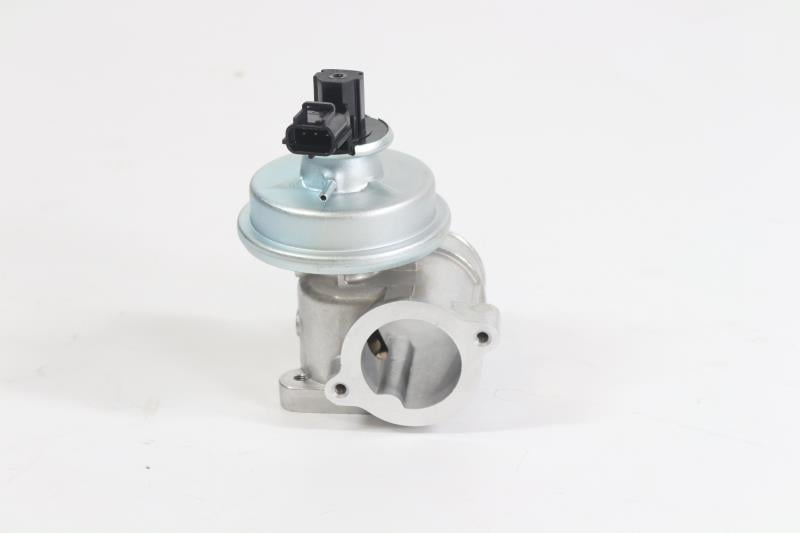EGR stands for Exhaust Gas Recirculation and virtually all modern cars, petrol or diesel, employ this technique to control pollutants in the exhaust via an EGR valve. Some use what's called 'internal EGR', where there is no EGR valve as such. Here we're dealing with EGR valves that make up part of any 'external EGR' system. The principle applies to both petrol and diesel engines, though it's the latter that generally are more complicated and, sadly, more likely to gum up and require cleaning or replacement.
What is an EGR valve?
Exhaust Gas Recirculation is kind of self-explanatory, but it's quite a complicated and sophisticated measure. Put simply, spent exhaust gasses are recirculated back into the inlet manifold to be used in combustion again. The reason for this is to reduce the production of harmful oxides of nitrogen (referred to as NOx) to keep the car within legal pollution limits. The recirculated exhaust gasses bring down the temperature of combustion, as NOx is produced at higher temperatures and pressures.

There are disadvantages to using EGR too, in terms of fuel economy, performance and, in the case of diesels, the increased production of soot and particulates, but the latest engines use a variety of clever electronic control strategies to minimise the downsides while making full use of the EGR system. 
In the early years of EGR development, there were very simple passages between the inlet and exhaust manifolds, but these days we have far more sophisticated control systems - and at the heart of it all is the EGR valve. These too have evolved in sophistication, from simple pneumatically operated 'open or closed' designs to electro-pneumatic operation that allow continuously adjustable levels of EGR, to the latest versions that are directly operated by the ECU (Engine Control Unit). The latter set-up allows varying levels of EGR depending on operating conditions and uses a myriad of engine sensors to adapt, though this is all done on a software level. The EGR valve itself must be variable in its opening and quick to react to input. It also must be resistant to high temperatures and robust enough to operate in a dirty environment under a lot of vibration. Modern diesel engines use an EGR cooler, which passes engine coolant through a heat exchanger to bring the temperature of the exhaust gas down further before allowing it into the combustion chamber.
Faulty EGR valve Symptoms:
While some EGR valve issues may actually be due to their control systems - wiring and pneumatics, etc. - most come about because the valve itself gets stuck open or closed due to build-up of soot particulates, carbon deposits and a sticky tar-like substance. A faulty EGR valve should cause an 'engine check' light to turn on, as that's used to inform the driver that something that affects the engine's emissions is not working correctly. The car then needs to be plugged into a diagnostic machine to obtain the correct fault code to ascertain that it is indeed the EGR valve causing the problem. An auto electrician should also be able to measure the voltage at the EGR valve using a multimeter to check if it's working correctly?
??????However, before getting to total failure, the EGR valve will slowly degrade in operation, causing it to react slower to input and partially stick. That will not always be detected by the ECU. 
If the valve is stuck fully closed, it would mean higher temperatures within the cylinder, theoretically leading to knocking. However, as most modern engines have knock sensors, they'll most likely adapt and it probably won't feel all that different to drive, but that's highly unusual. Most likely it'll remain open at times where it should not, causing a rough idle, detracting from the engine's smoothness at other times and undoubtedly leading to a reduction in performance. This degradation over time will be slow but should be noticeable. It will also mean worse fuel economy. Along with the EGR valve, it's worth keeping an eye on issues with the EGR cooler. It could leak coolant into the exhaust gasses entering the cylinder with no outward signs (other than white steam in the exhaust), which would result in loss of vital engine coolant over time.
Replacing an EGR valve:
Most DIY mechanics should be up to the task of replacing an EGR valve and it doesn't usually require a lot of specialist equipment. We'd recommend taking pictures of the engine bay and connections to and from the EGR valve and (if fitted) the EGR cooler before beginning work. Let the engine cool down, disconnect the battery and wait a few minutes for the electrical system to discharge completely. Isolate the battery terminals as well to prevent shorting. 
Before removing anything, check that the replacement EGR valve you've bought looks identical to the old one with the same connections and fittings. If the EGR valve has vacuum pipes to it, label them before twisting and pulling the pipes off by hand, being careful not to break or stretch them too much. 
If they're cracked or damaged then make sure you replace them with brand new items. They're not expensive. Then carefully take off any electrical connections. This should be possible by hand, even if they are tight.The valve itself may be mounted within a sturdy outer body, bolted to the cylinder head. Because it has hot exhaust gasses going through it at times the bolts holding it on may be particularly tight. It's always a good idea to spray these with a lubricant such as WD40 beforehand and leave to sit for a couple of minutes. Once the bolts are all off, take the valve and body out with your hand. It may be stuck on but should come off with a little leverage. Remove any remnants of an old gasket between the valve body and the cylinder head and clean the interface without allowing debris to fall into the cylinder head if possible. A new gasket should be fitted with a new valve and consider using a small amount of high-temperature-resistant silicone sealant too. Simply reverse the process above with the new valve to fit it to the engine. It may be necessary to reset the engine check light and ECU, but start the car and ensure it idles smoothly before taking it for a drive, gradually building up speed to make sure it runs correctly.
EGR valve cleaning:
Depending on the design of the EGR valve, it may be possible to extend its life by cleaning it rather than replacing it completely. However, to do the job thoroughly you'll need to remove the valve to clean it which will end up taking more time than replacing it with a new valve, although if successful will obviously be a cheaper fix. We have plenty of EGR valve cleaners for sale currently. You can buy it here at MicksGarage.com and this is designed to work without the need for dismantling The carbon and tar deposit build-ups are inside EGR valves can be extremely stubborn to remove, even using specialist EGR cleaner but it could well be worth a try before you take the plunge and replace the whole valve.
How to clean your EGR valve:
The method shown in the video below will help clean the intake tract and will have some effect on the EGR valve but depending on how severe the problem is, you may still need to remove the valve to clean it properly.
_ec6097.jpg)
Common searches:
Some cars suffer from EGR issues more than others. The most searched cars at MicksGarage.com are: Ford Mondeo EGR valve, EGR valve Vauxhall Astra, EGR valve Ford Focus, Vauxhall Zafira EGR valve, Ford Transit EGR valve, Vauxhall Corsa C EGR valve